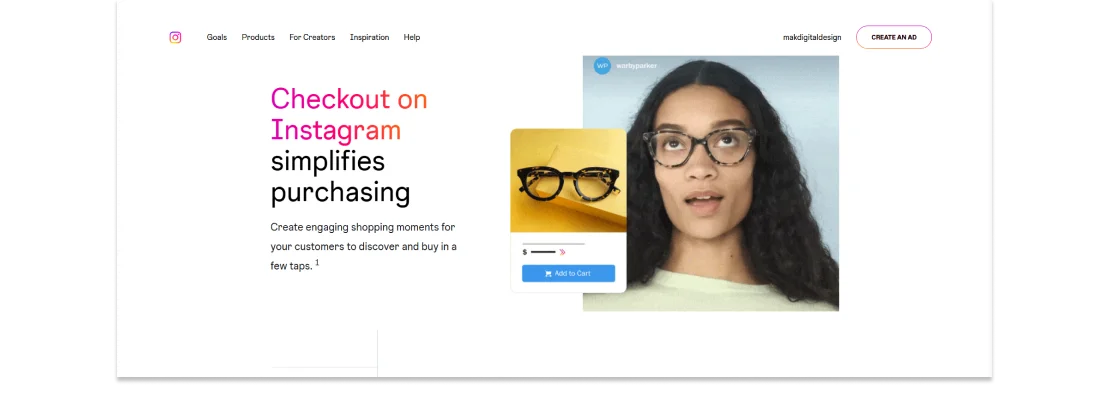
Social media has grown beyond just connecting people; it has now become a powerful engine driving eCommerce. The rise of social commerce, where consumers can browse, engage, and purchase directly from platforms, has significantly transformed how businesses interact with customers. As we head into 2024, leveraging social media will be crucial for businesses aiming to remain competitive in the eCommerce space. This blog explores how platforms like Facebook, Instagram, and TikTok are revolutionizing eCommerce. Additionally, it provides practical strategies for increasing sales through these platforms.
The Rise of Social Commerce
Social commerce refers to the practice of selling products directly through social media. Consumers no longer need to leave their favorite apps to make purchases. With just a few taps, they can browse products, read reviews, and complete transactions within the same platform. According to Emarketer, social commerce sales in the U.S. are projected to reach $79.64 billion by 2025. This growth highlights a significant revenue opportunity for businesses that embrace this trend.
This growth is primarily driven by the seamless user experience it offers. Moreover, it capitalizes on the trust and familiarity that users already have with their favorite platforms. This is a major opportunity for businesses to capture attention and streamline the customer journey.
Social Media Platforms Leading the Charge
Several platforms have developed eCommerce-focused features, each offering unique tools that help brands connect with consumers more effectively.
Facebook Shops
Facebook enables businesses to set up online storefronts directly within the platform. These Facebook Shops allow companies to showcase their products and drive traffic, all without users having to leave the site. In addition, businesses can utilize Facebook Ads to boost visibility and engagement, bringing more customers to their storefronts.

Instagram Checkout
Instagram integrates shopping into its visually rich platform. With Instagram Checkout, users can make purchases without leaving the app. This streamlined shopping experience is a key driver of sales, particularly as influencer marketing plays a strong role in boosting trust and engagement with products.

TikTok Shop
TikTok Shop lets businesses add a shopping tab to their profiles, merging creative marketing with seamless in-app purchasing. Through Shopify integration, brands reach trend-driven audiences via live shopping, influencer campaigns, and engaging product showcases.
Pinterest Buyable Pins
Pinterest offers visual shopping experiences through Buyable Pins, enabling users to purchase products without leaving the app. This is particularly beneficial for brands in the fashion, home decor, and lifestyle industries, where aspirational content drives consumer interest.
Key Strategies for Boosting Sales via Social Media in 2024
1. Utilize Visual Shopping Tools
One of the primary appeals of social commerce is its visual, interactive experience. Platforms such as Instagram and Pinterest thrive on high-quality visuals. Therefore, investing in stunning product photography and videos is essential. Brands can use Instagram Reels, TikTok videos, and Pinterest boards to create content that not only engages users but also drives sales.
2. Leverage Influencer Marketing
Influencer marketing remains a powerful strategy for reaching new customers and building trust. By partnering with influencers who resonate with your audience, you can expand your reach and increase sales. This approach is particularly effective on Instagram and TikTok, where product recommendations from influencers carry significant weight.
3. Optimize Your Social Media Content
Optimizing content is crucial for increasing both engagement and conversions on social media. Tailor your posts, captions, and hashtags to match the interests of your target audience. Additionally, ensure you include clear calls to action (CTAs) such as “Shop Now,” “Discover More,” or “Tap to Buy.” Consistency is key—regularly publishing valuable content keeps your brand top-of-mind.
4. Prioritize User-Generated Content
User-generated content (UGC) is highly effective for building trust. Encouraging customers to share posts about your products can act as social proof, motivating others to make purchases. UGC creates a sense of authenticity, as consumers trust the opinions of real users more than brand promotions. Encouraging customers to tag your brand or use a specific hashtag can enhance your visibility and foster loyalty.
5. Streamline the Shopping Experience
A seamless checkout process directly impacts conversion rates. Facebook, Instagram, and TikTok all offer integrated checkout experiences that simplify the path from product discovery to purchase. Brands must ensure that product descriptions, payment options, and product pages are optimized for fast and easy transactions. This improves user experience and increases the likelihood of completing a sale.
6. Monitor Analytics and Adjust Your Strategy
Social media platforms provide detailed analytics that can help businesses track the performance of their posts, ads, and shopping activities. Regularly reviewing metrics such as engagement rates, click-through rates, and conversions allows you to identify what’s working and what needs improvement. Adjusting your strategy based on data-driven insights ensures you’re consistently refining your social media approach for better results.
The Future of Social Commerce
The world of eCommerce is evolving rapidly, and social commerce is playing an increasingly important role. As platforms introduce new features and optimize their algorithms, businesses that stay ahead of these changes will thrive.
For eCommerce brands, this means investing in a robust social media strategy that focuses on enhancing the shopping experience, leveraging visual content, and engaging customers on their preferred platforms. By keeping up with the latest social commerce trends and utilizing these strategies, brands can maximize reach, boost conversion rates, and ultimately, increase sales throughout 2024 and beyond.
Conclusion
Social media has become an indispensable tool for driving eCommerce sales. By embracing social commerce, businesses can engage more meaningfully with their customers, offering a seamless shopping experience that leads to higher conversion rates. Whether through Facebook Shops, Instagram Checkout, or TikTok Shopping, integrating social media into your eCommerce strategy is essential for success in 2024.
If you’re ready to take your social media marketing to the next level and grow your eCommerce business, now is the perfect time to implement these strategies. With the right approach, social media can be a game-changer for boosting sales and driving long-term growth.

 Eashan Mehta
Eashan Mehta





